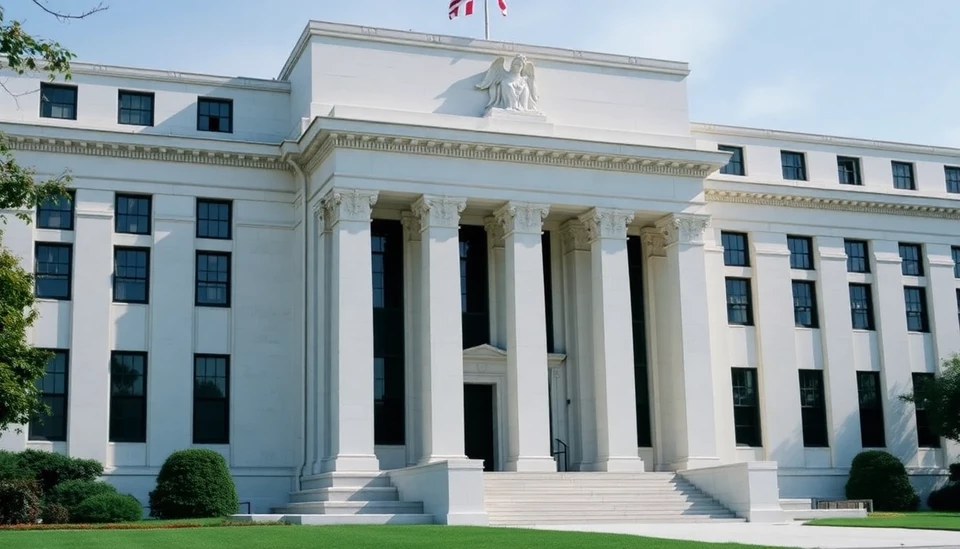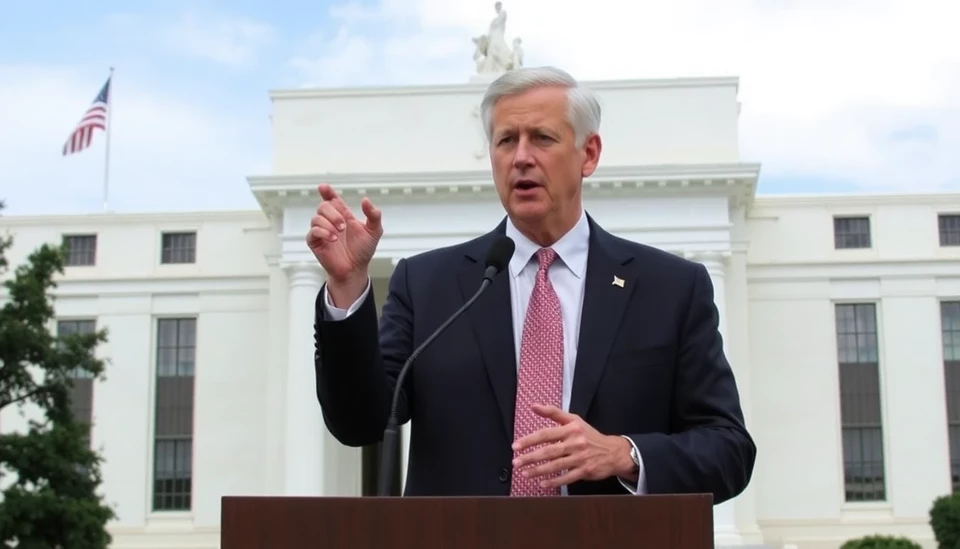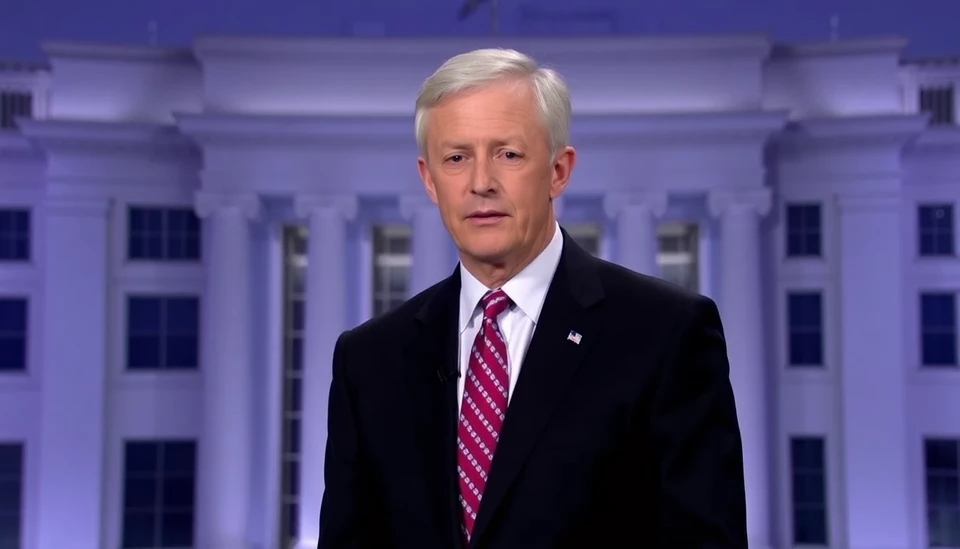
The Federal Reserve has decided to lower interest rates for the second consecutive meeting, marking a significant shift in monetary policy aimed at supporting the U.S. economy amid growing concerns over economic slowdown and inflationary pressures. This decision, announced after a two-day meeting of the Federal Open Market Committee (FOMC), reflects the Fed's ongoing efforts to stimulate growth and encourage borrowing as uncertainties loom on the economic horizon.
During the meeting, the members of the FOMC voted to reduce the federal funds rate by 0.25 percentage points, bringing it down to a target range of 4.00% to 4.25%. This action is designed to provide additional support to various sectors affected by recent economic challenges, including rising costs of living and weaker consumer spending. The Fed's latest rate cut is part of a broader strategy to navigate potential risks that threaten economic recovery.
In the official statement released by the Fed, officials highlighted that the decision to ease monetary policy was fundamentally tied to incoming economic data suggesting that growth has begun to moderate. Despite these challenges, the Fed remains cautiously optimistic, pointing out that the labor market continues to show signs of resilience with steady job growth and low unemployment rates. However, concerns about inflation remain prominent, with various indicators suggesting that consumer prices have started to push upward again, complicating the Fed's approach to policy adjustments.
The rate cuts are also seen as a response to international factors, including geopolitical tensions and disruption in global trade, which have created headwinds for the U.S. economy. These external factors have led to heightened uncertainty in markets, prompting the Fed to act decisively to reassure investors and maintain economic momentum.
Market reactions to the Federal Reserve's decision were generally positive, with stock indices rallying following the announcement. Investors welcomed the Fed's commitment to supporting growth, which has helped to bolster confidence in equity markets. Economic analysts expect that continued rate cuts may further stimulate investment and consumer spending, key drivers of economic activity.
However, some economists warn that while lower interest rates can provide a short-term boost, they may also lead to longer-term challenges. Rising rates of household debt and concerns about asset bubbles could emerge as potential issues if borrowing continues to increase significantly. As the Fed navigates this complex landscape, the balance between fostering growth and managing inflation remains a critical focus for policymakers.
Looking ahead, market watchers will be closely monitoring economic indicators over the coming months to gauge whether the Fed's latest measures are effectively stabilizing the economy or if further adjustments will be necessary. The next meeting of the FOMC is slated for December, where Fed officials will reassess the economic conditions before making additional decisions on future rate changes.
In summary, the Federal Reserve’s recent decision to cut rates again highlights its commitment to fostering a stable economic environment amid ongoing uncertainties. As the nation looks toward a recovery path, the ramifications of this policy adjustment will be felt across multiple sectors, influencing everything from consumer spending to investment strategies.
#FederalReserve #InterestRates #Economy #MonetaryPolicy #EconomicGrowth #StockMarket #Finance
Author: Daniel Foster




